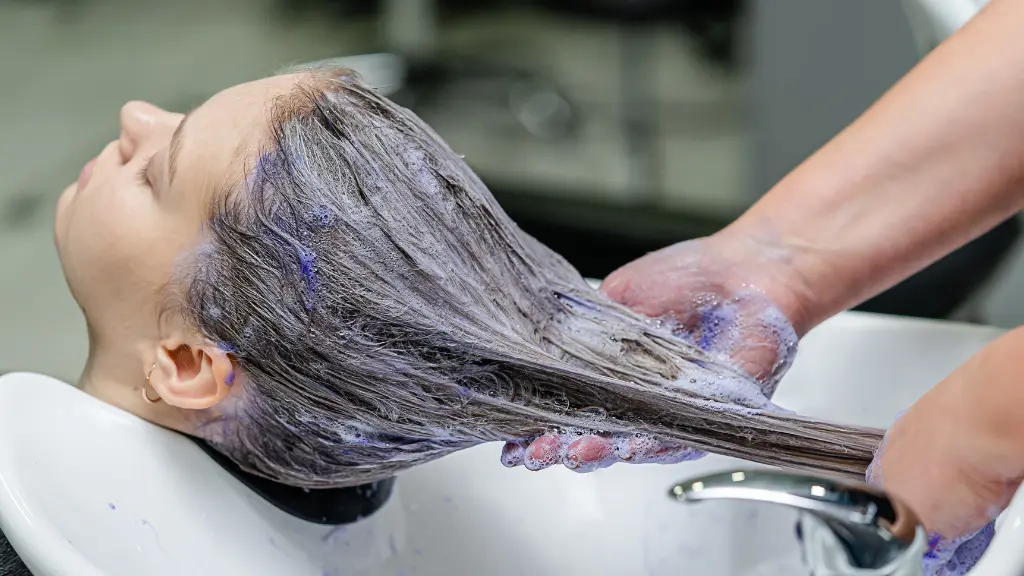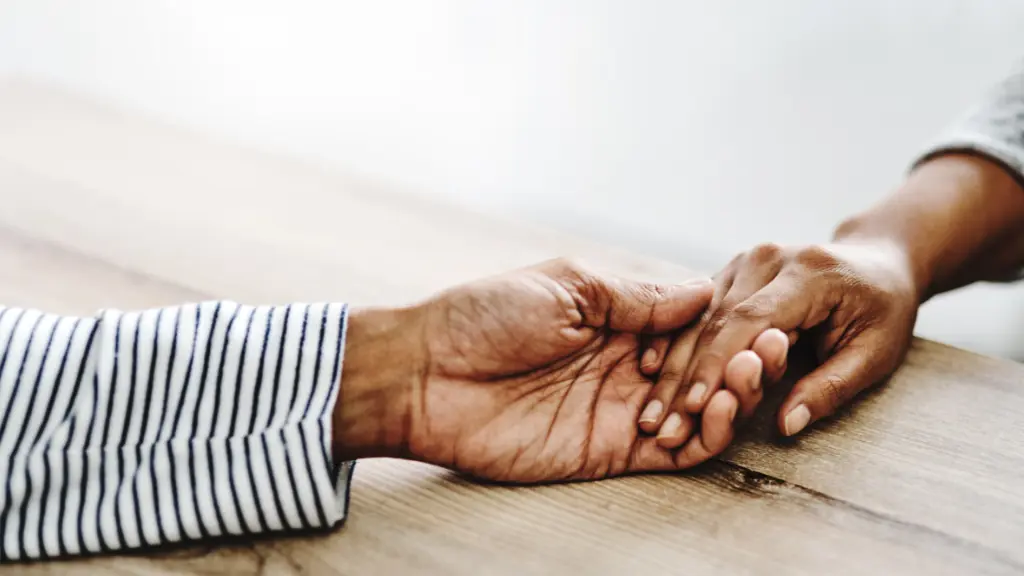Dyeing your hair has become a common practice, whether it’s to cover gray hairs, experiment with a bold new color, or freshen up your look. With the rise of at-home hair coloring kits and an abundance of salon options, hair dyeing has never been more accessible.
However, there’s an ongoing debate about the safety of hair dye and its potential impact on your health. Is dyeing your hair bad for your health? Are there real risks associated with it, or are the fears mostly myths?
In this blog, we’ll break down the science behind hair dye, potential health concerns, and how to safely enjoy coloring your hair.
You May Also Like: 5 Effective Ways to Get Rid of a Hangnail and Prevent Future Ones
What’s in Hair Dye?
Before diving into the potential risks, it’s important to understand what goes into hair dye. There are two main types of hair dye: permanent and semi-permanent, each with its own chemical composition.
1. Permanent Hair Dye
Permanent hair dyes are the most popular and last the longest. They contain a combination of chemicals such as ammonia, hydrogen peroxide, and paraphenylenediamine (PPD). These chemicals work by lifting the hair cuticle, allowing the color to penetrate deeply into the hair shaft, resulting in a long-lasting effect.
- Ammonia helps open the hair shaft for the dye to penetrate.
- Hydrogen peroxide acts as a bleaching agent to lighten the natural hair color.
- PPD is a common ingredient used to create darker shades, but it has been associated with allergic reactions in some individuals.
2. Semi-Permanent and Temporary Hair Dye
Semi-permanent and temporary dyes are gentler, as they don’t contain ammonia or hydrogen peroxide. These dyes coat the outer layer of the hair shaft and gradually wash out after a few shampoos. They’re less likely to cause damage but provide shorter-lasting results.
Potential Health Risks of Hair Dye
So, what are the potential health risks of using hair dye? Research has explored various concerns, from allergic reactions to more serious conditions like cancer. Here’s what the studies reveal:
1. Allergic Reactions
One of the most common risks associated with hair dye is an allergic reaction. Ingredients like PPD and resorcinol can cause contact dermatitis, leading to redness, itching, and swelling of the scalp. In some severe cases, individuals may experience more serious allergic reactions such as hives, difficulty breathing, or anaphylaxis.
- Tip: Always conduct a patch test before using any hair dye, especially if you’re dyeing your hair for the first time or using a new product. This can help you avoid unexpected allergic reactions.
2. Skin and Scalp Irritation
Hair dye contains chemicals that can irritate the scalp or skin. Improper application or prolonged exposure can lead to burning sensations, rashes, or dryness. Over time, frequent exposure to these chemicals can weaken the skin barrier, making your scalp more sensitive.
- Tip: Follow the instructions carefully and avoid leaving the dye on longer than recommended to minimize irritation.
3. Hair Damage
While hair dye might not directly impact your overall health, it can affect the health of your hair. Permanent dyes, especially those containing ammonia and peroxide, can weaken the hair shaft, leading to brittleness, split ends, and dryness. Overuse of hair dye can result in hair thinning or breakage.
- Tip: Use hair masks and conditioners designed for color-treated hair to maintain moisture and reduce damage.
4. Cancer Concerns
One of the most alarming concerns surrounding hair dye is its potential link to cancer. Some studies have suggested that long-term use of permanent hair dye, especially darker shades, could increase the risk of developing certain cancers, such as bladder cancer, non-Hodgkin lymphoma, and leukemia. However, research on this topic is mixed, and many experts agree that the evidence is not conclusive.
- According to the National Cancer Institute, there’s limited and inconsistent evidence linking personal use of hair dye to an increased risk of cancer. More research is needed to draw firm conclusions, and current data suggest that any potential risk is likely small.
5. Hormonal Disruptions
Some ingredients found in hair dyes, like phthalates and parabens, are thought to be endocrine disruptors, meaning they may interfere with hormone function. While more research is needed to fully understand the effects, these concerns have prompted some people to opt for more natural or organic hair dye alternatives.
How to Safely Dye Your Hair
If you love coloring your hair but are concerned about potential risks, there are ways to minimize harm while still enjoying a fresh look. Here’s how you can safely dye your hair:
1. Choose High-Quality Products
Opt for hair dyes from reputable brands that clearly list their ingredients. Look for formulas that are ammonia-free or PPD-free, as these are gentler on the scalp and hair. There are also natural and organic hair dyes on the market that use plant-based ingredients.
2. Limit Frequency of Dyeing
To reduce exposure to potentially harmful chemicals, try to space out your hair dyeing sessions. Avoid touching up your roots too often, and consider switching to semi-permanent or temporary dyes for less frequent use.
3. Follow Instructions
Always read and follow the instructions provided with your hair dye. This includes performing a patch test, wearing gloves, and applying the dye in a well-ventilated area to avoid inhaling fumes.
4. Protect Your Scalp and Skin
Before applying hair dye, coat your scalp and hairline with petroleum jelly or a similar barrier cream. This helps prevent irritation and staining on the skin.
5. Consider Natural Alternatives
If you’re concerned about the chemicals in traditional hair dyes, consider using natural hair dyes like henna or indigo, which have been used for centuries to color hair naturally. These dyes typically don’t contain harmful chemicals and are less likely to cause allergic reactions.
The Role of Professional Hair Colorists
If you’re unsure about dyeing your hair at home or want to ensure you’re minimizing risk, visiting a professional colorist is a great option. Professional hairdressers have training in applying dyes safely and can recommend products that are less harsh on your hair and scalp. They also have access to professional-grade dyes that may not be available in stores.
Final Thoughts: Is Hair Dye Safe?
In most cases, dyeing your hair is safe when done correctly and in moderation. The key is to be mindful of the ingredients in your hair dye, conduct a patch test to avoid allergic reactions, and follow safe application practices. While some studies have raised concerns about long-term use of hair dye and potential health risks, the evidence remains inconclusive for most users.
If you’re worried about the chemicals in hair dye, consider switching to more natural alternatives or reducing how frequently you color your hair. And if you ever experience a serious reaction to hair dye, seek medical advice immediately.
Hair dyeing is a fun way to express yourself, but it’s important to prioritize the health of your scalp, hair, and body along the way. By following the tips mentioned above, you can continue to enjoy beautiful, vibrant hair without compromising your well-being.










